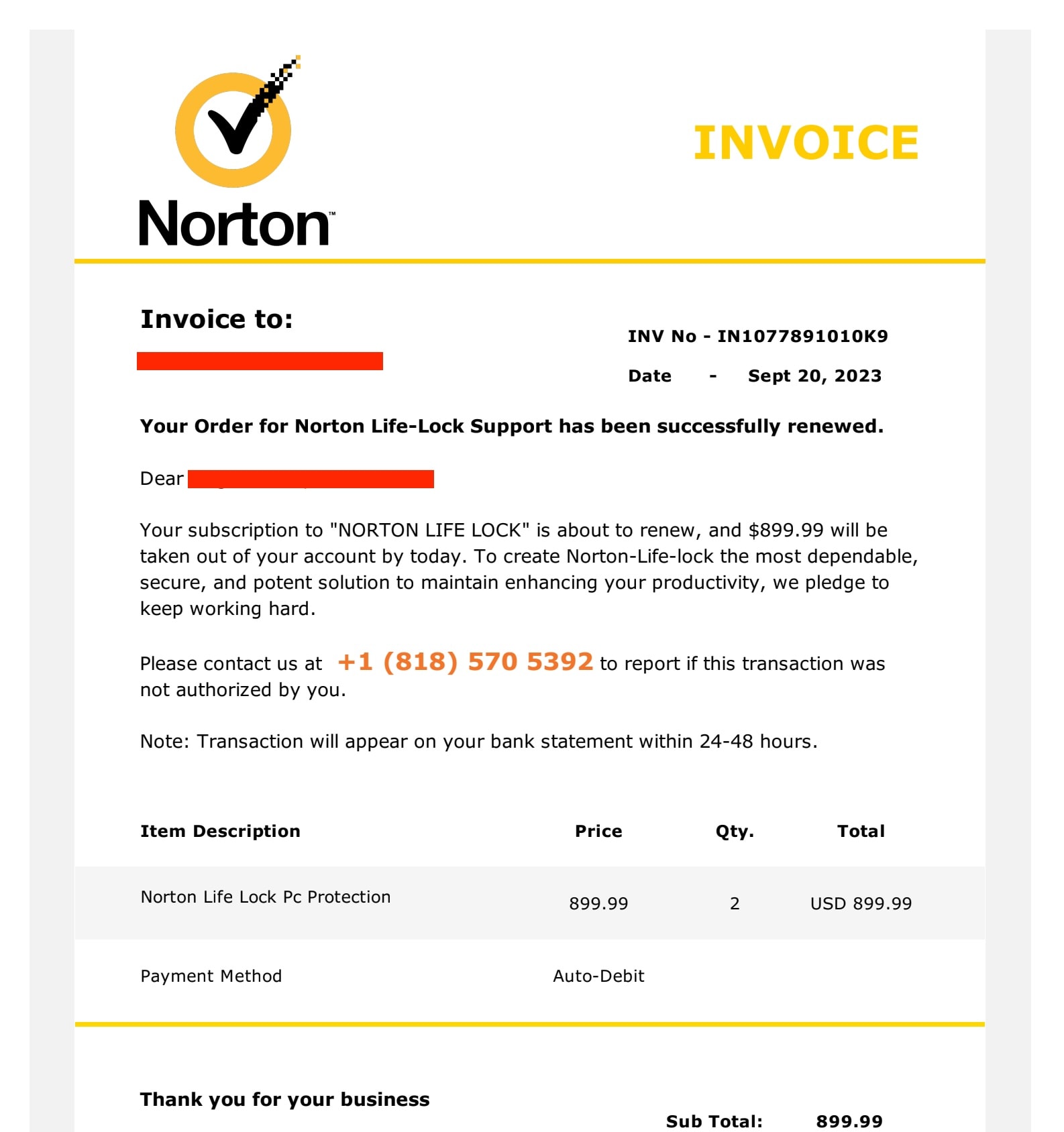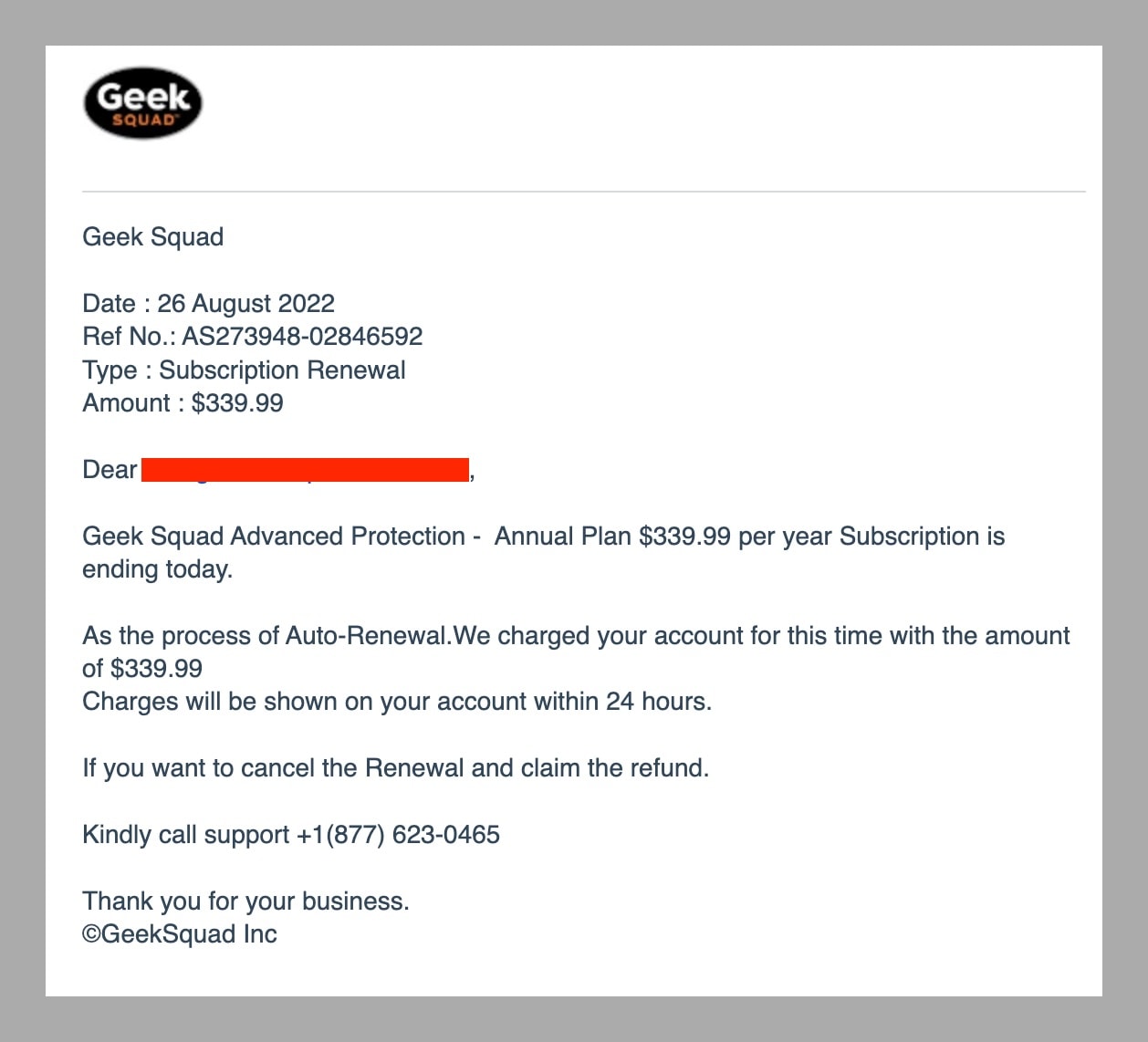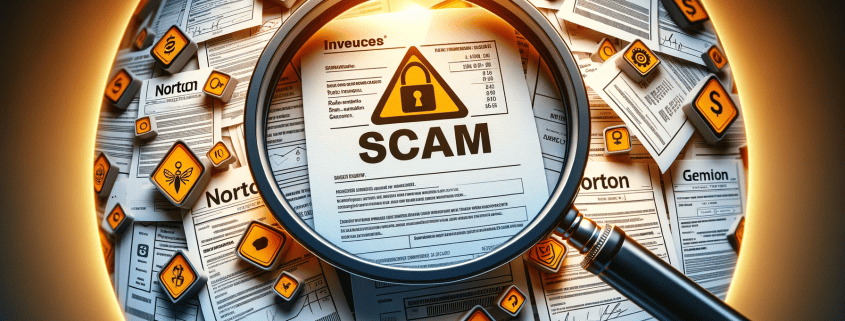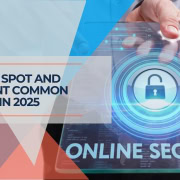Tackling Fake Invoice Scams: Your Essential Guide for 2024
Last Updated on December 13, 2023
At iFeeltech, we have firsthand experience with the frustration and confusion caused by these deceptions. Although an age-old trick, invoice fraud continues to evolve, catching even the vigilant guard. Recently, we faced a situation that brought this issue close to home.
An “invoice” appeared to come from our company, charging for services never provided. The scam reached a point where we received a call from an angry “client,” claiming an unauthorized charge. Initially, this caused considerable confusion and concern within our team. However, upon closer examination of the invoice, it became evident that it was a clever spoof.
This experience underscored a critical aspect of modern scams – they are no longer limited to targeting large, well-known companies. Small and lesser-known businesses are increasingly at risk. The scammers had meticulously replicated our branding, yet subtle discrepancies revealed the fraud. This incident was a stark reminder of the importance of vigilance and constant awareness, regardless of your business's size or industry.
Table of Contents
- 1 What Are Fake Invoice Scams?
- 2 How Do Fake Invoice Scams Work?
- 3 Recognizing the Signs of a Fake Invoice
- 4 Email Scams: The Norton Example
- 5 Geek Squad Impersonation: A Closer Look
- 6 Preventive Measures and Best Practices
- 7 What to Do If You Encounter a Scam
- 8 The Bigger Picture: Scams in the Digital Age
- 9 Conclusion
What Are Fake Invoice Scams?
Fake invoice scams are a form of financial fraud where scammers create and send fraudulent invoices to businesses or individuals. These invoices are designed to appear legitimate, often mimicking the format and branding of actual invoices from known vendors or service providers. The goal is to trick recipients into paying for goods or services they never received or ordered.
Historically, invoice scams have evolved with technology. Initially, they were more prevalent in paper-based communications but have shifted to digital formats, exploiting the efficiency of email and online systems. The rise of digital invoicing has provided scammers with more opportunities to deceive unsuspecting victims.
How Do Fake Invoice Scams Work?
Scammers meticulously craft phony invoices, paying close attention to details that make them appear credible. These documents often include:
- Logos and Branding: They replicate the logos and branding of well-known companies to establish trust.
- Invoice Details: Details like invoice numbers, descriptions of goods or services, and pricing are included to mimic real transactions.
- Contact Information: False contact details are provided, redirecting any queries to the scammer.
A common tactic is to send these invoices during busy periods, banking on the likelihood that busy staff will process them without thorough verification. These frauds are not limited to large corporations; small businesses and individuals are at risk, especially those who regularly deal with multiple vendors or have less stringent financial controls.
Recognizing the Signs of a Fake Invoice
Identifying a fake invoice requires attention to detail and an understanding of common red flags:
- Inconsistencies in Formatting: Compare the invoice with previous ones from the same vendor. Look for discrepancies in layout, font, and overall design.
- Unclear or Altered Logos: A blurred or slightly altered logo can be a telltale sign of a scam. Authentic logos are always clear and consistent.
- Mismatched Contact Information: Verify the sender's contact details against those you have on record. Scammers often change phone numbers or email addresses.
- Unexpected Invoice Numbers: If the sequence of invoice numbers does not align with your records, it could indicate a fraudulent invoice.
- Unusual Charges: Be wary of charges that don’t align with your normal usage or orders.
Email Scams: The Norton Example
Unfortunately, Norton, a reputable antivirus and cybersecurity software provider, has become a common front for email scammers. These scammers craft phishing emails that appear to be from Norton, often claiming that the recipient's subscription is about to expire or has an issue. The emails typically include false order IDs, product codes, renewal amounts, and even product names, luring the recipient into a false sense of security.
Such scams exploit the trust that people have in established brands. The Norton email scam is insidious because it uses a known and trusted name to create a sense of urgency, pushing individuals to act quickly, often without thinking.

Identifying Suspicious Email Elements
To avoid falling prey to such frauds, it’s crucial to recognize the red flags:
- Unsolicited Communication: Be wary of unexpected emails, especially those that press for immediate action.
- Mismatched Email Addresses: Check if the sender's email address matches the official Norton domain.
- Links and Attachments: Avoid clicking links or downloading attachments from suspicious emails.
- Verification: Directly contact Norton through official channels to confirm the email’s authenticity.
Geek Squad Impersonation: A Closer Look
The Geek Squad, known for its tech support services, has unfortunately become a target for scammers. In these scams, individuals receive emails or invoices claiming to be from Geek Squad concerning service renewals or charges for services never requested. These messages often create a sense of urgency, prompting recipients to take immediate action, which could lead to financial losses or data breaches.
Recognizing the Geek Squad Scam
To safeguard against these fraudsters, be aware of these warning signs:
- Unsolicited Renewal Notices: Be cautious of emails about renewals or charges for services you don't recall availing.
- Suspicious Contact Information: Compare the contact details in the email with the official Geek Squad contact information.
- Pressure Tactics: Scammers often use urgency to trick victims into acting without thinking. Genuine Geek Squad communications won’t pressure you for immediate action.
- Verification Process: If in doubt, contact Geek Squad directly through their official website or customer service number.

Preventive Measures and Best Practices
To protect against these shams, both individuals and businesses should adopt a proactive approach:
- Educate and Train Staff: Regular training sessions on recognizing and handling potential scams.
- Implement Verification Processes: Establish a standard procedure for verifying invoices and emails.
- Use Technology Wisely: Employ spam filters and regularly update security software to catch fraudulent emails.
Technology's Role in Scam Prevention
Modern technology offers various tools to enhance your defense against scams:
- Spam Filters: These can significantly reduce the number of fraudulent emails in your inbox by filtering these senders.
- Cybersecurity Software: Protects against malware that might come through email attachments.
- Regular Software Updates: Keeping your systems updated can close security loopholes that scammers exploit.
What to Do If You Encounter a Scam
If you suspect that you've encountered a scam, it's crucial to act promptly and cautiously:
- Do Not Act Hastily: Avoid making payments or providing any personal information.
- Verify Independently: Contact the company directly using known and verified contact details.
- Document Everything: Keep records of suspicious invoices or emails for further investigation.
- Report the Scam: Notify the appropriate authorities, such as the Federal Trade Commission (FTC) or your local consumer protection agency.
The Bigger Picture: Scams in the Digital Age
Scams not only result in financial losses but can also damage reputations and cause significant stress. Statistics show that small and medium-sized businesses are particularly vulnerable, often lacking the resources for comprehensive cybersecurity measures.
The Future of Scams and Cybersecurity
As technology evolves, so do the tactics of scammers. Experts predict increased sophisticated scams leveraging artificial intelligence and deepfake technology. Staying informed about the latest scam trends and investing in advanced cybersecurity measures will be crucial for businesses and individuals.
Conclusion
Fake invoice and email scams pose a significant threat in today's digital landscape. Businesses and individuals can better protect themselves by understanding the signs of a scam, implementing preventive measures, and knowing how to react if targeted. Constant vigilance and education remain our best defenses against these ever-evolving threats.
Additional Resources
For more information and assistance:
Remember, staying informed and cautious is your first defense against fake invoices and email scams.





Leave a Reply
Want to join the discussion?Feel free to contribute!